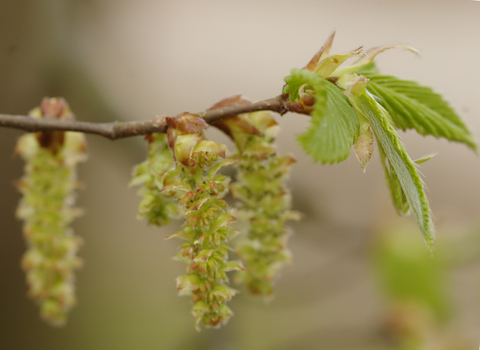
©Anne Tanne
Common hornbeam
Mainly found in Southern and Eastern England, the Common hornbeam is a tall tree of ancient woodlands. Its large catkins appear in spring, and its winged seeds are dispersed by the wind in autumn.
50% off membership

©Anne Tanne